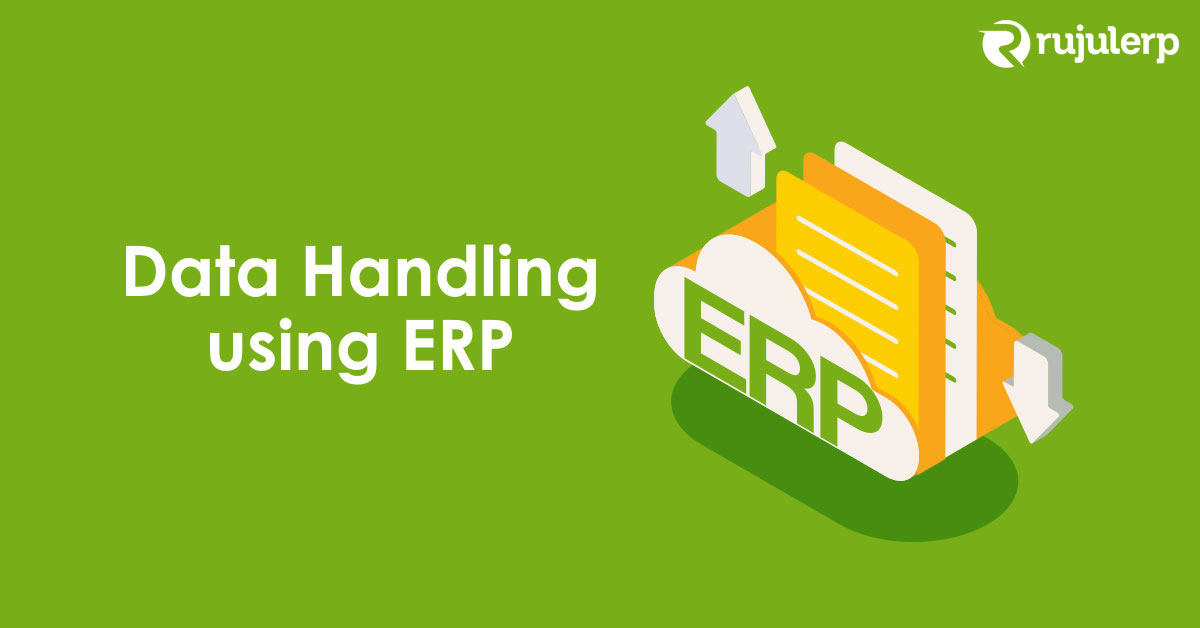ERP is all about its capability to manage data from various functional areas of an organization. It revolves around finance & accounting, sales, HR, supply chain management, etc. Every module comprises data with which an organization makes important decisions. Hence it is vital to categorize these data. This gives an organization a structured approach to store and arrange data.
1. Employee
Details regarding employees are stored under this category. Details can be the name of the employee, date of birth, phone number, address, unique employee code, working hours, designation, department, etc. All this data is important for the human resource department to keep account of every employee.
2. Finance
Details regarding the finance module are stored under the following category such as general ledger, accounts payable, accounts receivable, cash management, budgeting, etc. The finance module is always having an impact over other non-financial modules like sales, inventory, logistical transactions, inventory revaluation, etc.
3. Items
Data regarding company’s items/products fall under this category. Details mostly are:
Item/Product Category : helps to keep account of added products on the basis of their category as if it is serialized, insured, returnable, service, insured, etc.
Unit of Measurement: set the standard of measurement for every category of items/product (kilogram, gram, liter, etc).
Ordering system: set when the items/product needs to be reordered (safety stock, minimum stock level, maximum stock level, etc).
Item Cost: contains the cost of each item (useful when creating a sales invoice, product invoices, receipts, bill of material, etc).
Status: If a particular item is moving, nonmoving, delivery status, etc.
Rates: Actual price, price limit, a price which is to be when making a sale/purchase
Item Code: unique codes given to each item to identify products/items.
4. Vendor
This contains information related to all the vendors associated with the organization. Details are the name of the vendor, company name, unique identity, bank account details, type of material provided by the vendor, payment terms, location details, contact details, etc.
The list isn’t exhaustive, but a generalized one. An ERP mostly has to deal with this list of master data. Depending upon the type of organization, this master data gets updated.





